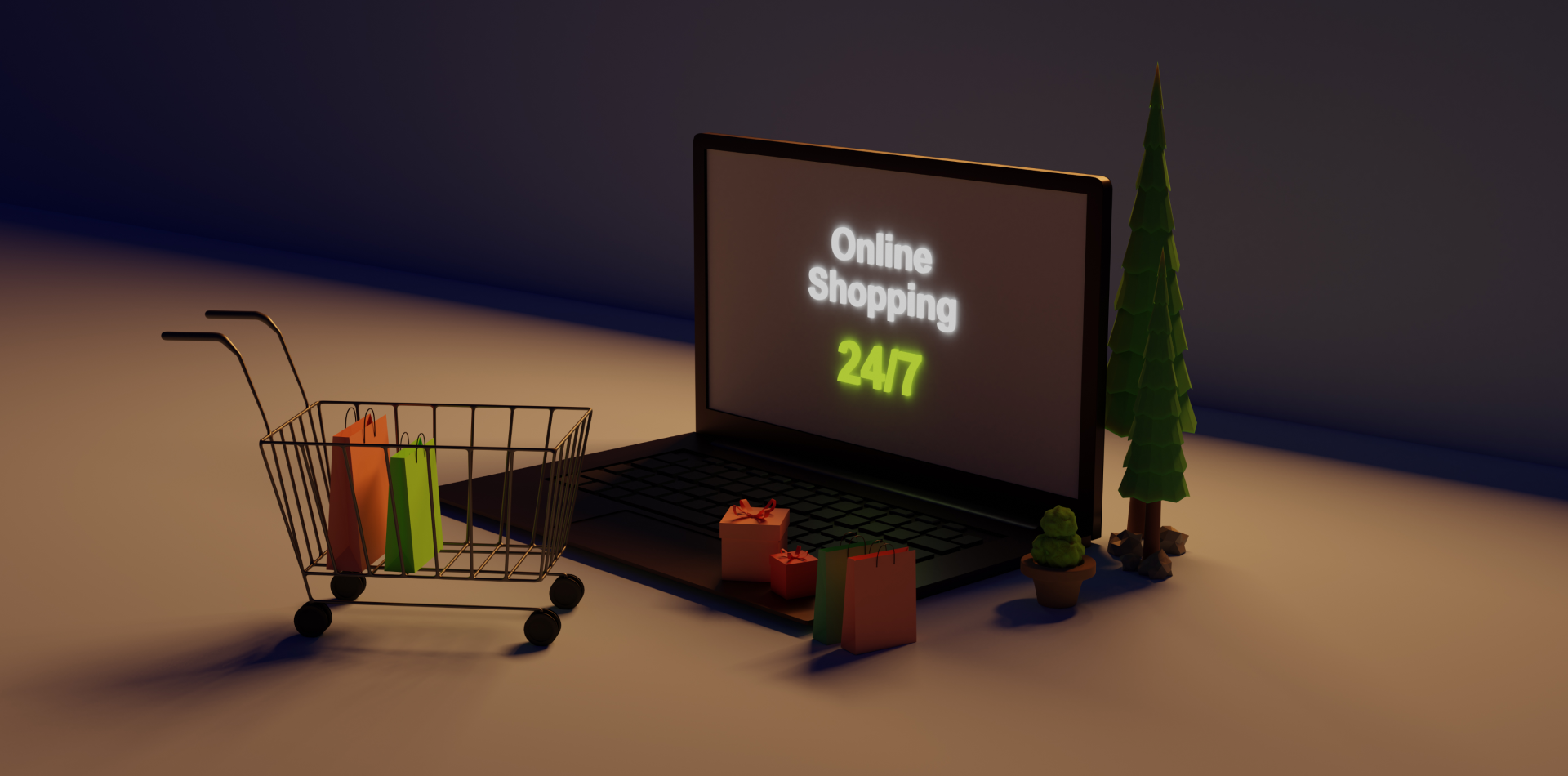Why Some Shopify Stores Outperform Others
Shopify powers over 4 million online stores—but only a fraction dominate their market.
Why? Because they don’t just sell—they tell stories, guide users, and deliver a seamless experience.
Design, layout, and user flow all influence whether a visitor becomes a buyer. The best stores combine aesthetics with strategy. In this blog, we break down real Shopify stores that succeeded by design—and what you can learn from their approach.
🧠 Related read: Top Shopify Design Trends for 2025 – 2026

Case Study 1: Allbirds – Simplicity Meets Sustainability
Allbirds sells eco-friendly shoes—and they’ve mastered the art of minimalist storytelling.
🧩 Key Takeaways:
✅ Simple navigation with plenty of white space
✅ Eco-messaging embedded naturally into product pages
✅ “Why We Made This” sections build trust and transparency
✅ High-quality visuals paired with storytelling copy
✅ Seamless mobile experience and fast loading speed
🔗 Live Site: https://www.allbirds.com
💡 Lesson: Let your product shine with clarity. Allbirds shows that simplicity sells—especially when backed by purpose.
Case Study 2: Gymshark – Community-Centric Commerce
Gymshark is more than fitness gear—it’s a movement.
🧩 What Makes It Work:
✅ Homepage highlights real athletes, not just models
✅ Consistent use of brand voice and tone
✅ Fast-loading product pages with videos and detailed specs
✅ Loyalty program + mobile-first checkout
✅ Strategic use of Instagram integrations and social proof
📈 Result: Over $100M in annual sales built largely through community engagement and strong branding.
🔗 Live Site: https://www.gymshark.com
💡 Lesson: Build a brand your users want to belong to. Design should feel like an extension of your tribe.
Case Study 3: Haus – The Power of Premium Visuals
Haus sells craft aperitifs—but it’s their luxurious brand feel that sets them apart.
🧩 What’s Notable:
✅ Use of cinematic photography and bold color palettes
✅ Clear storytelling above the fold (“Try a New Kind of Drink”)
✅ Scroll-based transitions to immerse users
✅ Strong use of lifestyle imagery and customer testimonials
✅ Limited product range = frictionless decision making
🔗 Live Site: https://drink.haus
💡 Lesson: If you want to be premium, look premium. Visual design builds perceived value.
🧠 Also read: Creating an E-Commerce Site with Wix
Case Study 4: Beardbrand – Personalized Shopping Journey
Beardbrand went from YouTube channel to Shopify success—thanks to thoughtful UX.
🧩 Highlights:
✅ Personalized quiz to recommend grooming products
✅ Educational content seamlessly integrated into product pages
✅ Content hub (“Beardsman Blog”) drives SEO and trust
✅ Sticky header and predictive search for smoother UX
✅ Vibrant, masculine design that fits the brand perfectly
🔗 Live Site: https://www.beardbrand.com
💡 Lesson: Personalization + education = trust + conversion.
Use content to guide, not just to sell.
Case Study 5: Pipcorn – Snackable Brand Experience
Pipcorn sells mini popcorn, but their Shopify design makes it feel huge.
🧩 What They Nailed:
✅ Playful illustrations and branding that matches the snack tone
✅ Fun CTAs like “Let’s Get Poppin’” make it memorable
✅ Subscription options clearly displayed
✅ Nutrition info and allergen details upfront
✅ Optimized for quick buying via sticky cart and upsells
🔗 Live Site: https://www.pipsnacks.com
💡 Lesson: Match your tone to your audience. Fun products deserve fun design.
Common Design Themes Across All Case Studies
While these brands differ in product, audience, and voice, they all share key design traits:
🔹 Mobile-first, performance-optimized pages
🔹 Clear product messaging and clean visuals
🔹 Seamless checkout process (minimal steps, max trust)
🔹 Social proof placed near CTAs
🔹 Loyalty features, quizzes, or interactive elements
🧠 Related blog: How Great Design Enhances User Trust and Loyalty
Mistakes That Kill Shopify Store Performance
❌ Cluttered homepage with no clear CTA
❌ Too many product options with no guidance
❌ Low-quality visuals or inconsistent fonts
❌ Hidden shipping info or sketchy return policy
❌ No personalization or reason to return
🧠 Want to avoid these? Start with your user journey, not your product features.
Tools to Study and Improve Shopify Store Design
🛠 BuiltWith – Analyze what tools top Shopify sites are using
🎨 Figma – Design before you build
📊 Hotjar – Understand where users get stuck
🧰 PageFly – Drag-and-drop Shopify page builder
🔍 LoyaltyLion – Add loyalty features like Gymshark
Final Takeaway: Learn From the Best—Then Make It Yours
You don’t need to copy these stores pixel-for-pixel. But you can learn their strategy, intent, and storytelling logic.
Ask yourself:
✅ Is my design aligned with my brand’s personality?
✅ Does my layout guide users smoothly from arrival to checkout?
✅ Am I building connection—or just listing products?
Because great Shopify design isn’t about looking cool.
It’s about building trust, removing friction, and making users feel like they belong.
💬 Which Shopify Store Inspires You?
Seen a brand that made you say “I wish I built that”? Drop the link below 👇 and let’s crowdsource the next generation of e-commerce inspiration!




4 Comments
Jenny Hart
21 July 2025This blog is gold for Shopify inspo 🔥 Loved the Pipcorn case—fun meets function!
Raj Mehta
21 July 2025Gymshark’s tribe-first approach is 🔑 Been trying to replicate that vibe!
Olivia Winters
21 July 2025Haus really does look premium! Visuals + scroll effects = chef’s kiss
Talia Chen
21 July 2025I smiled at “Let’s Get Poppin’” 😄 Pipcorn nailed tone + UX!